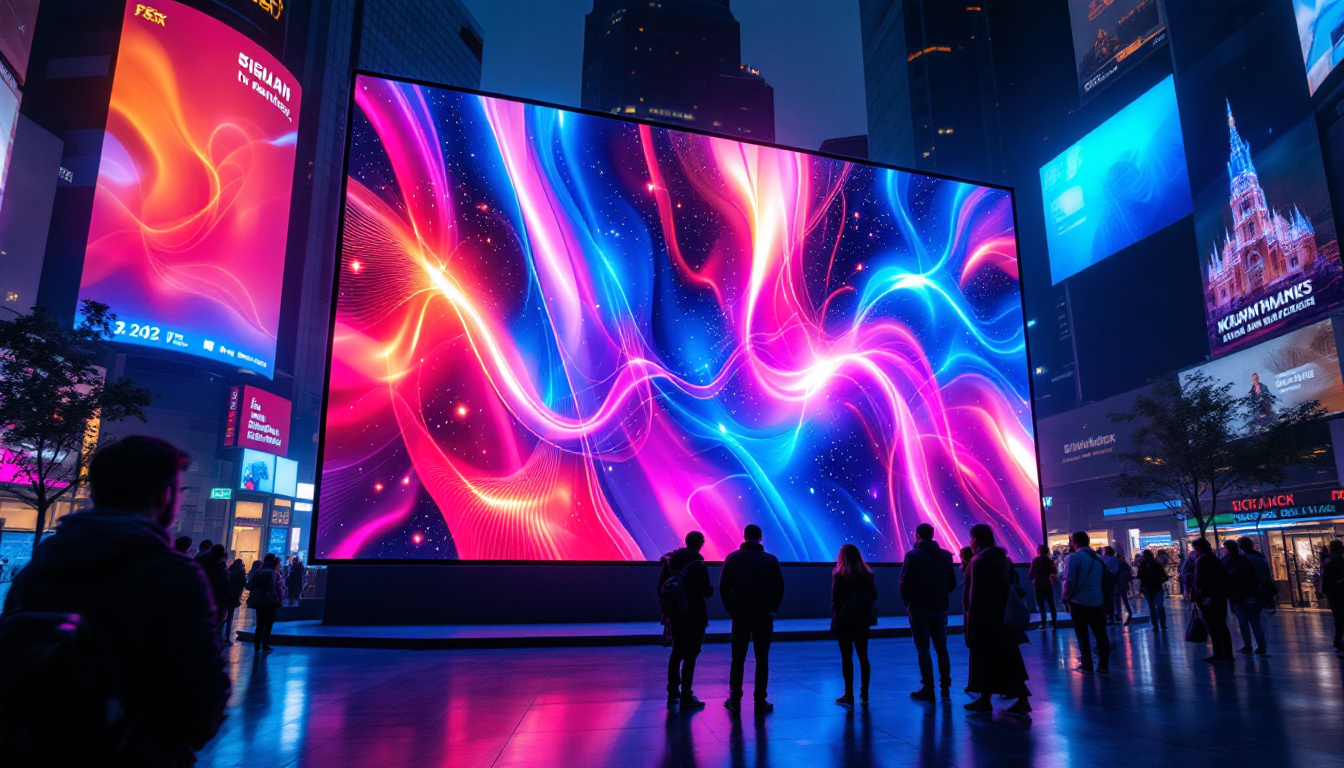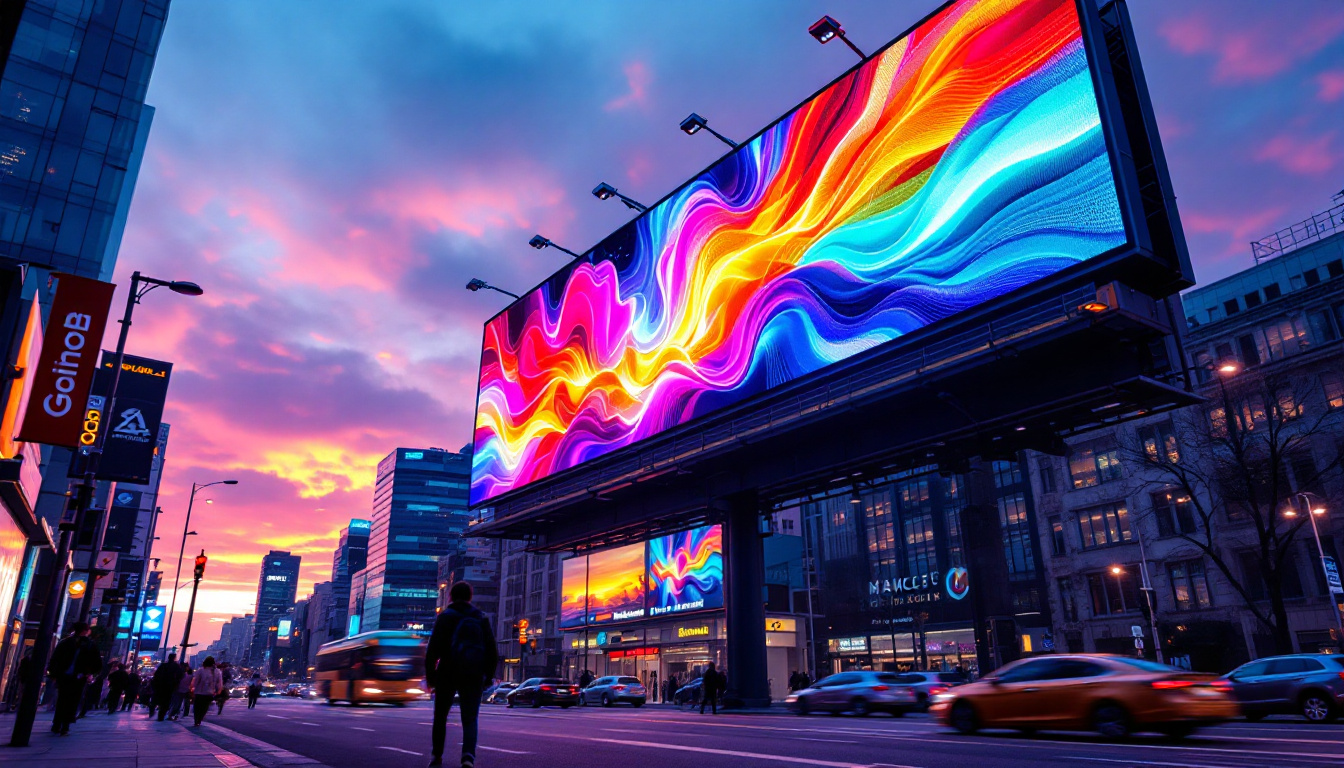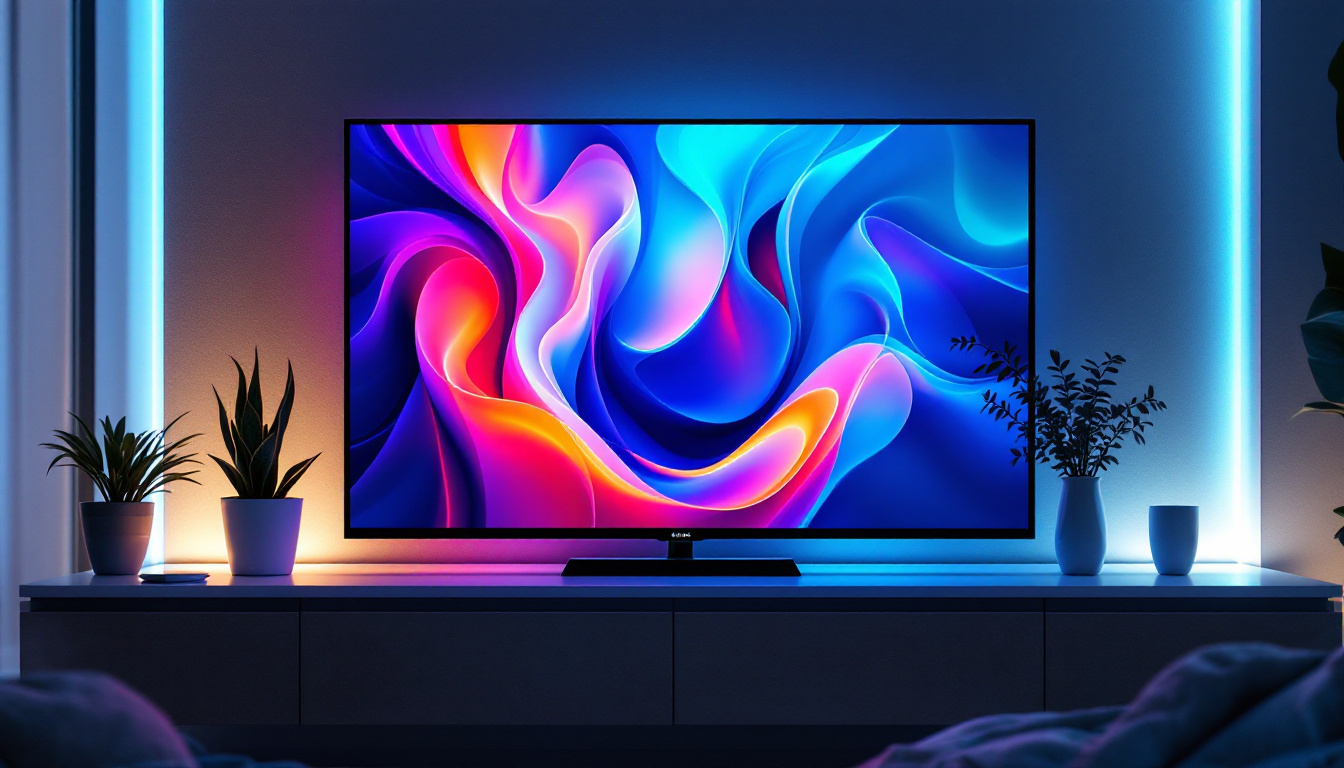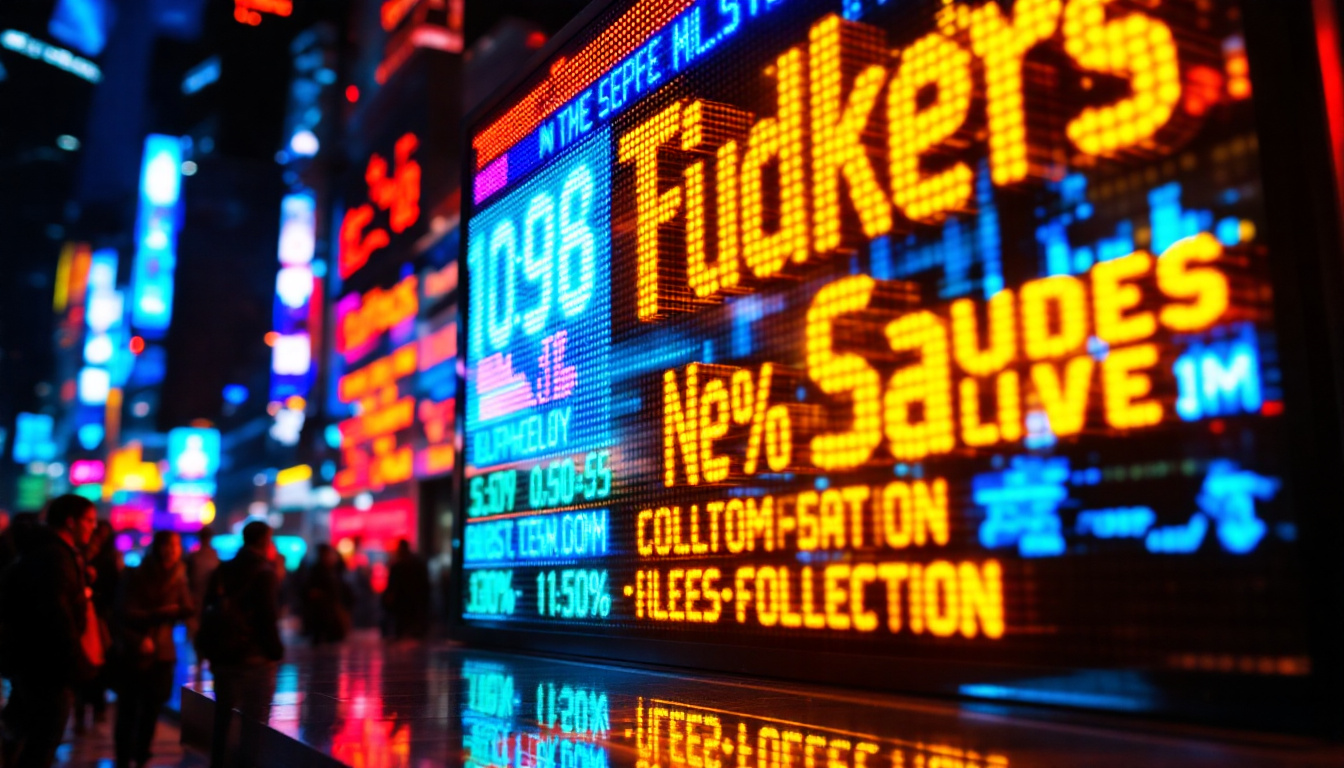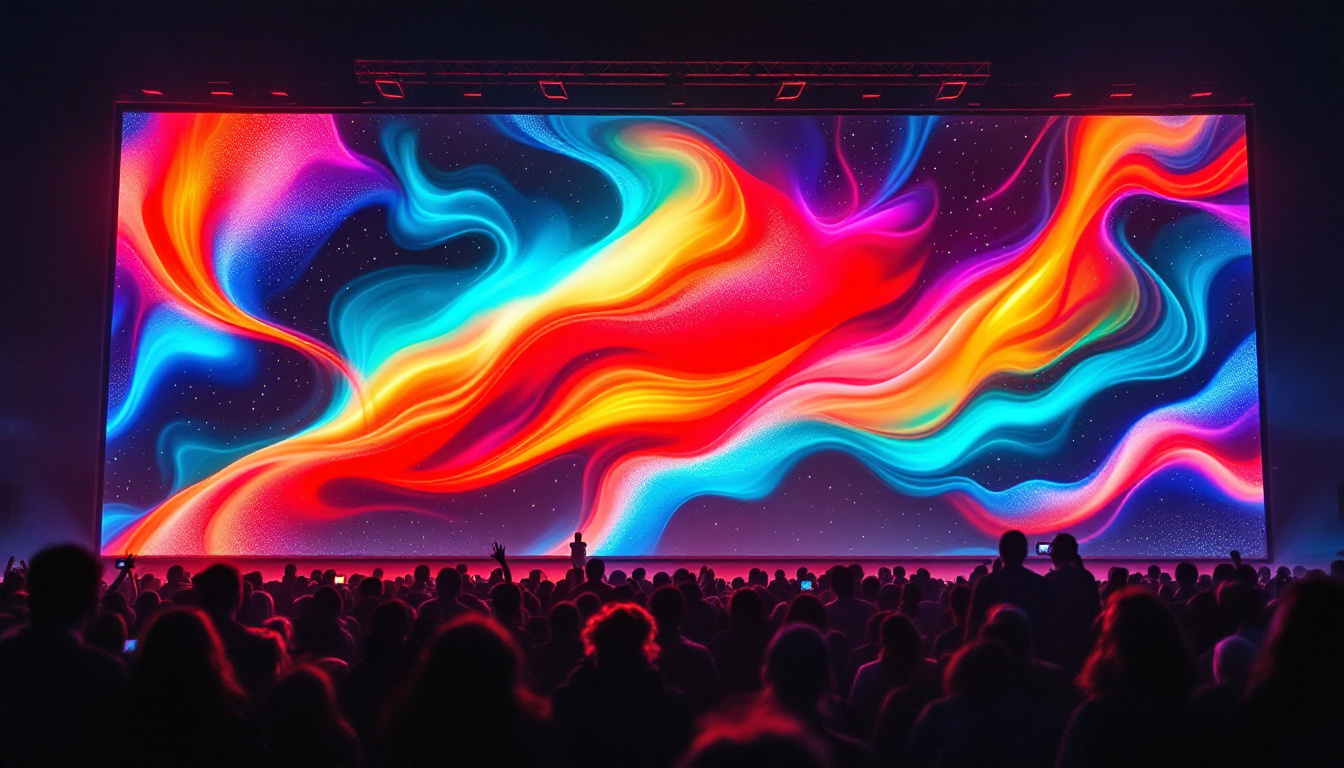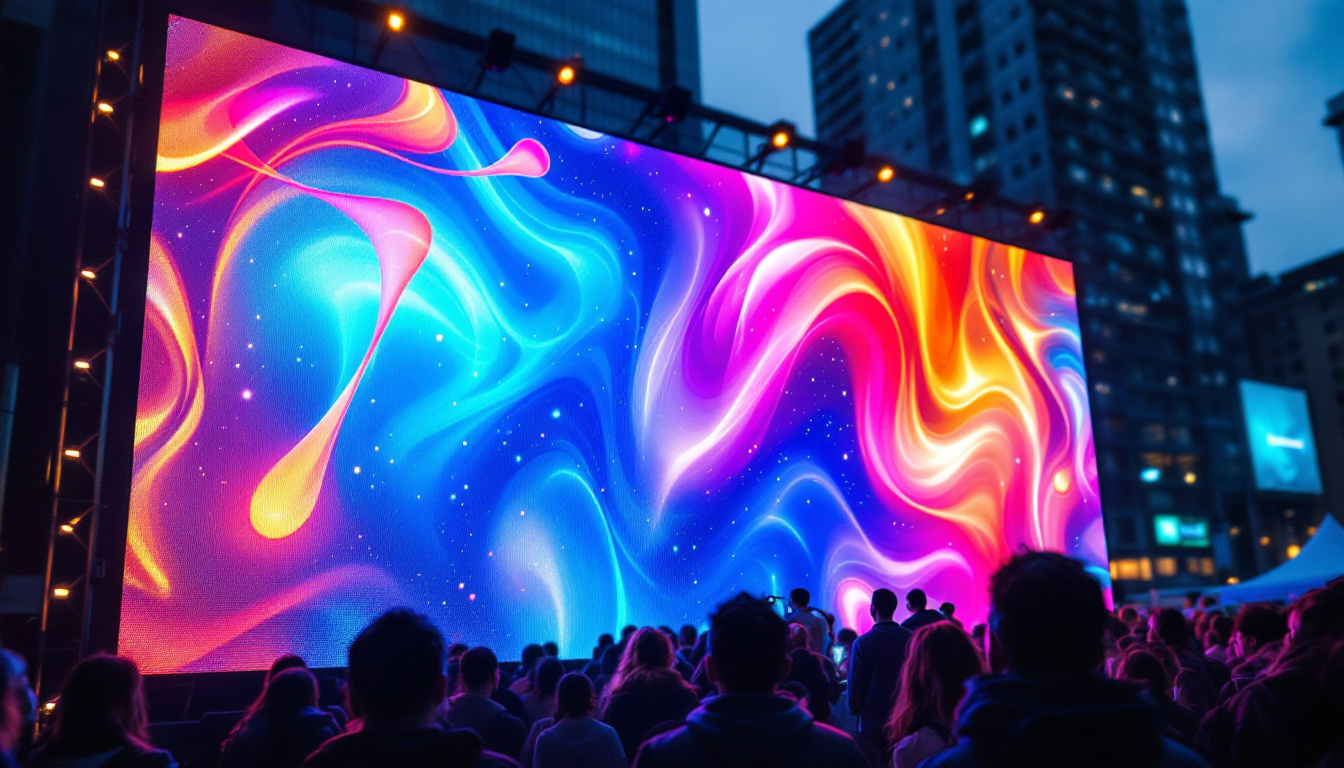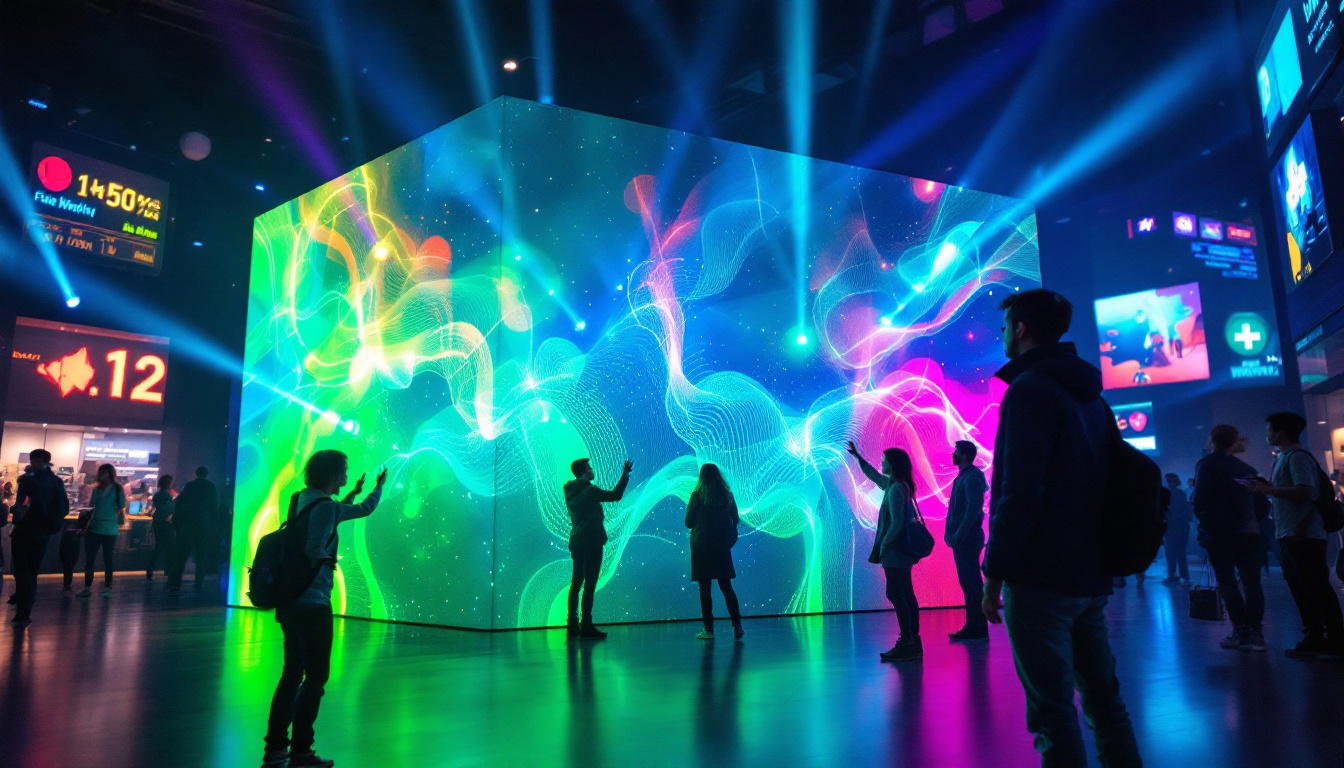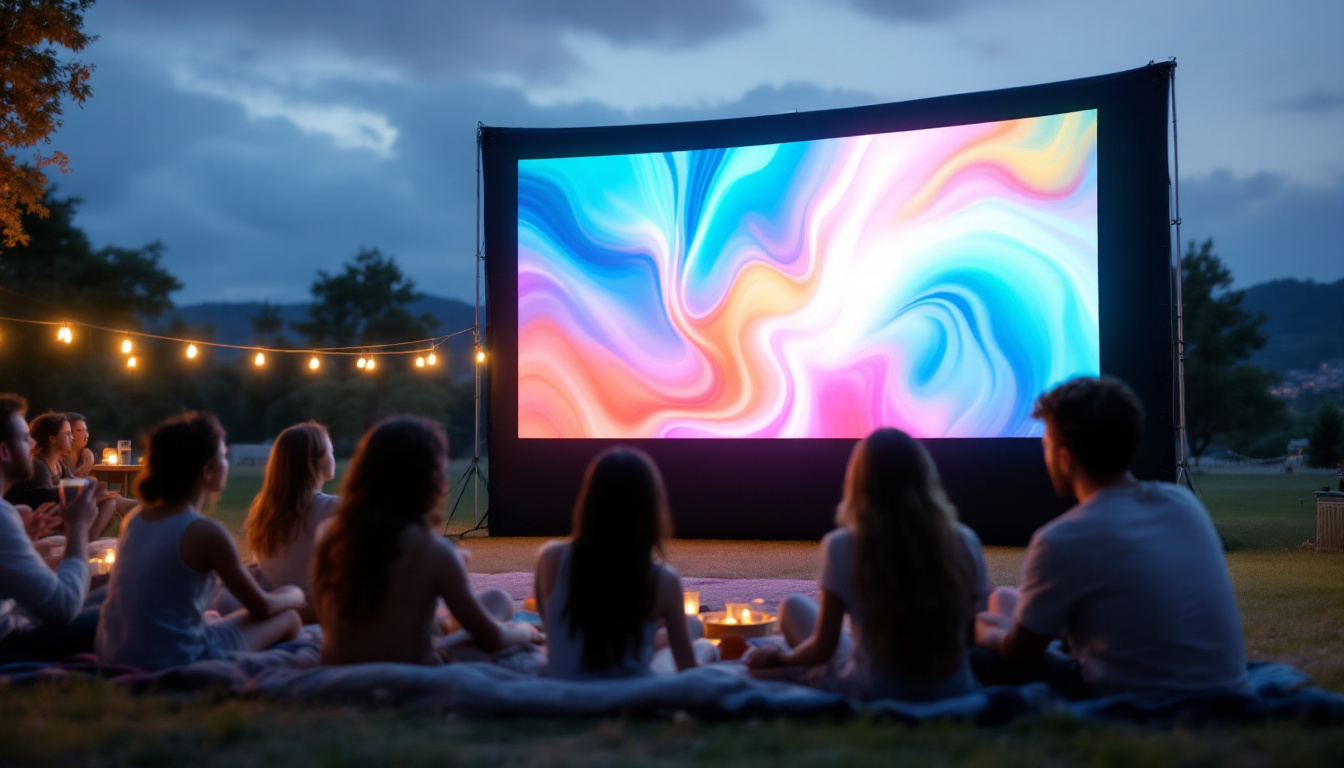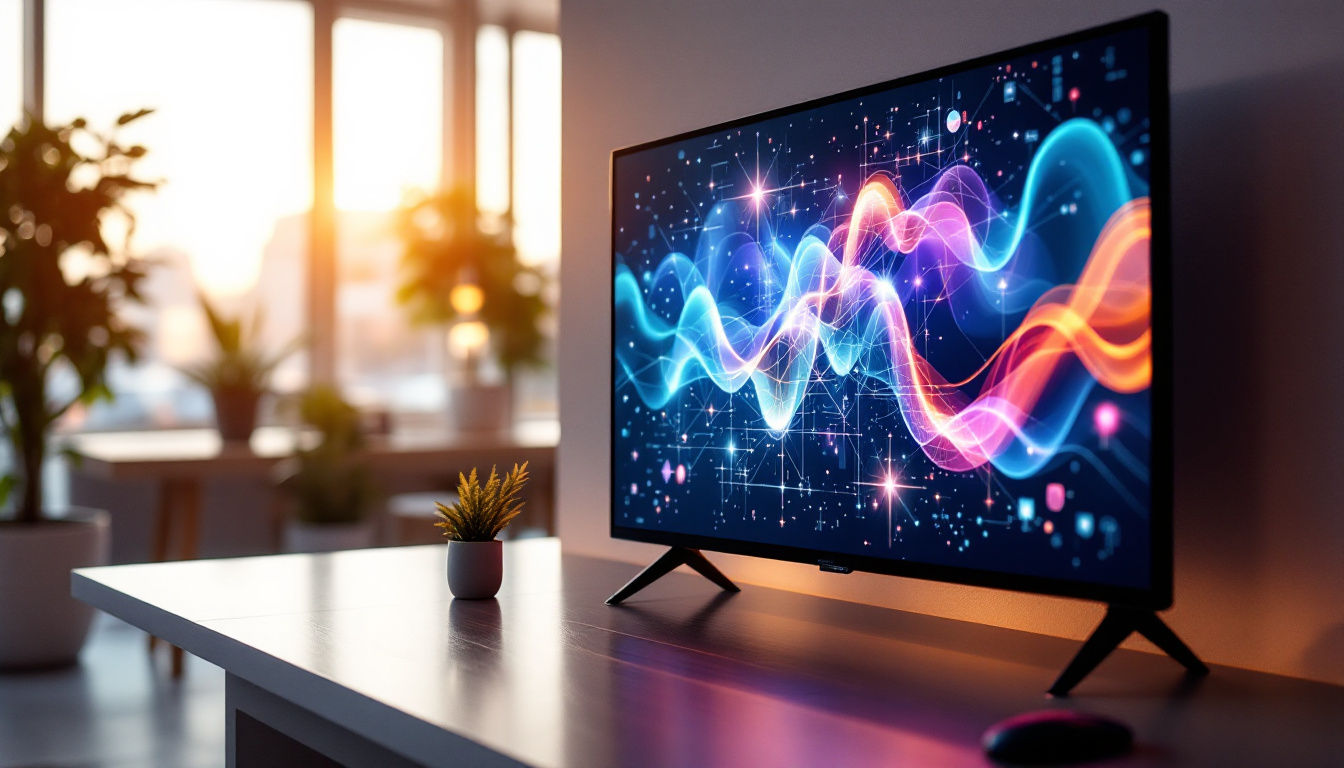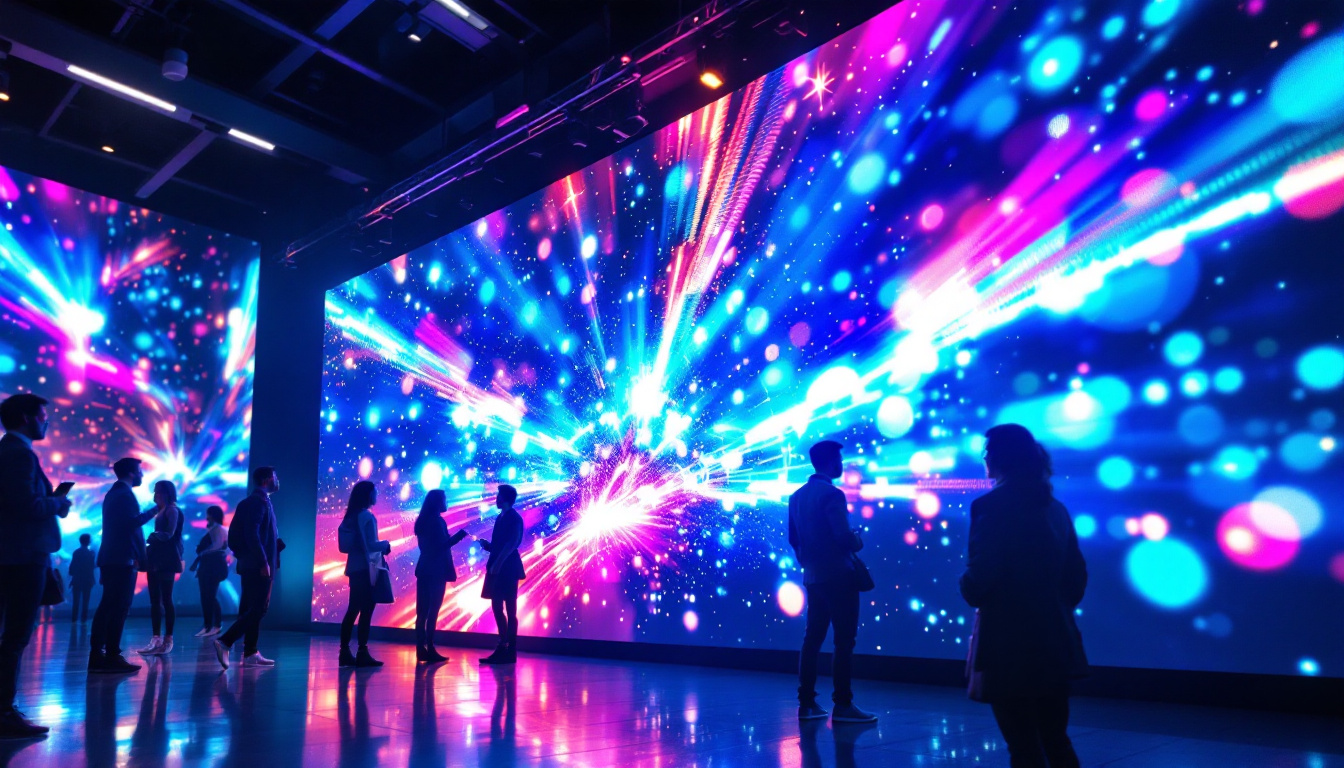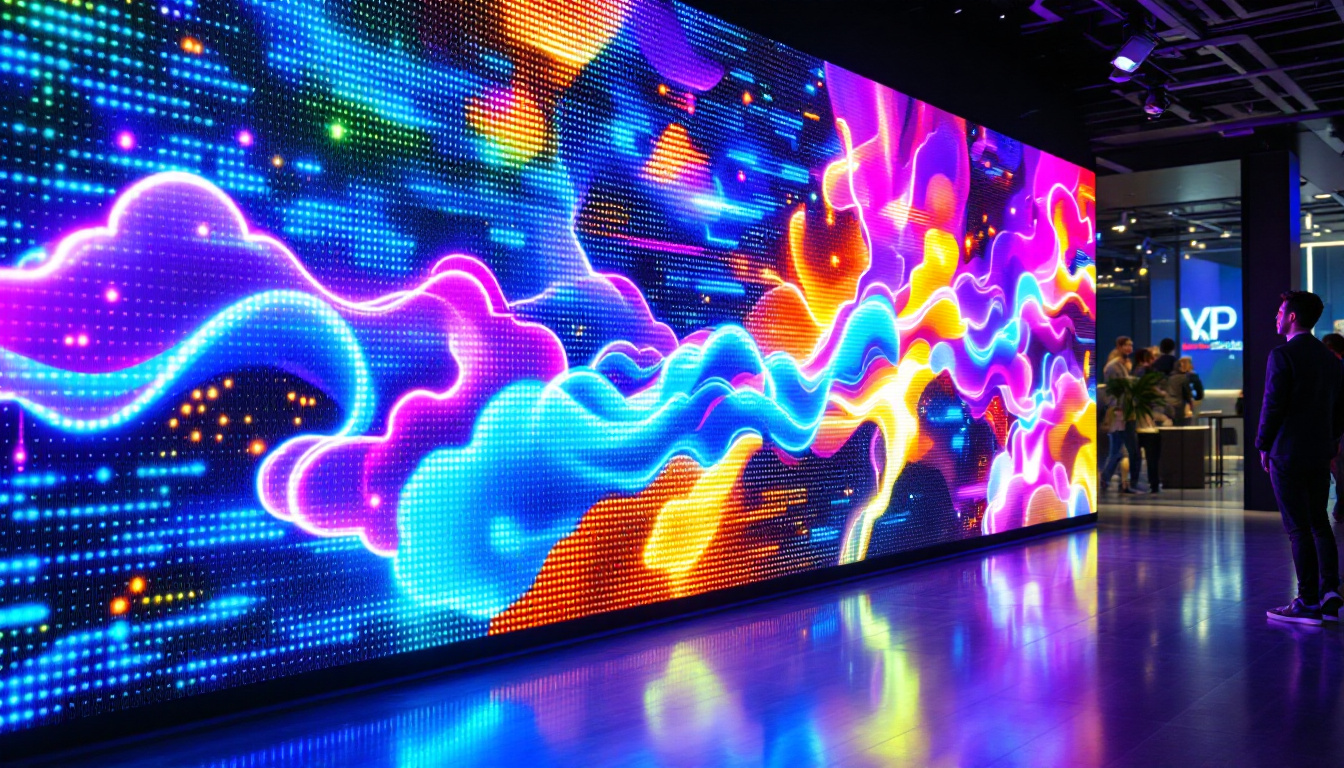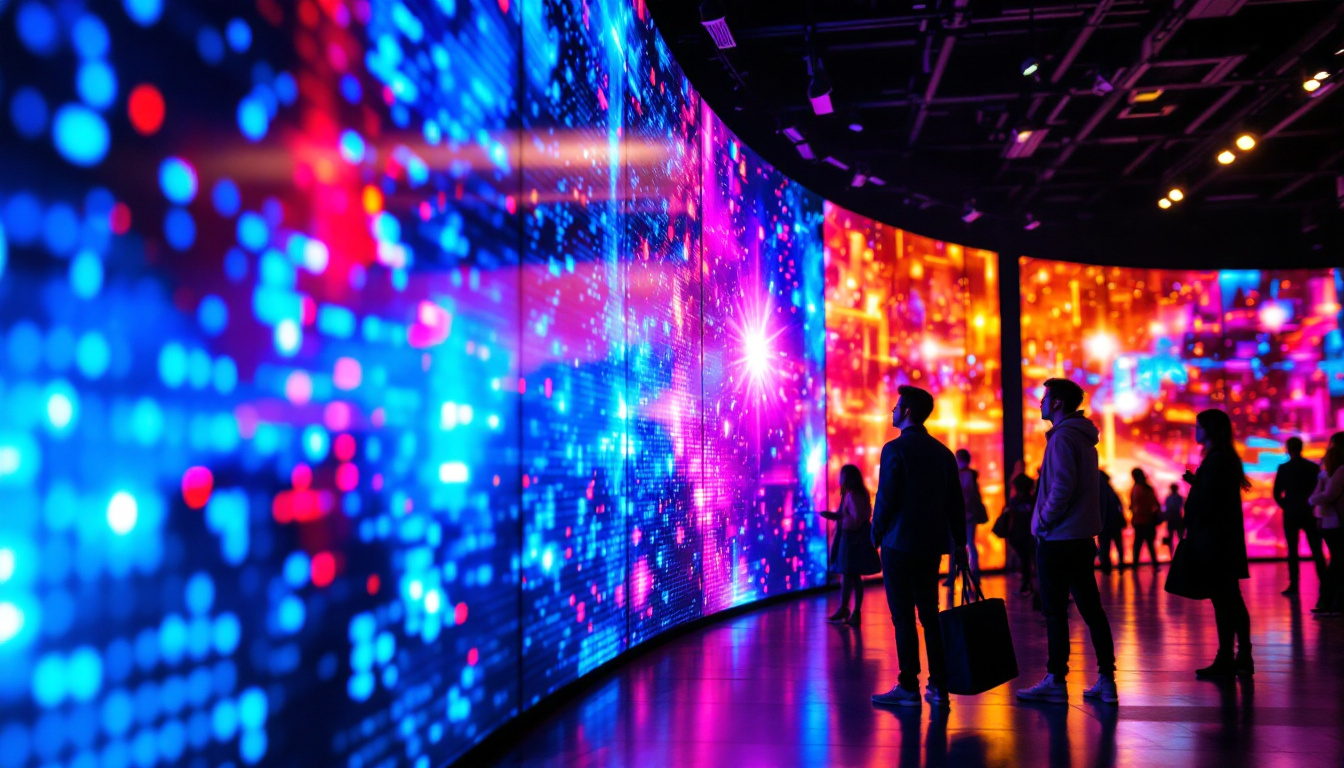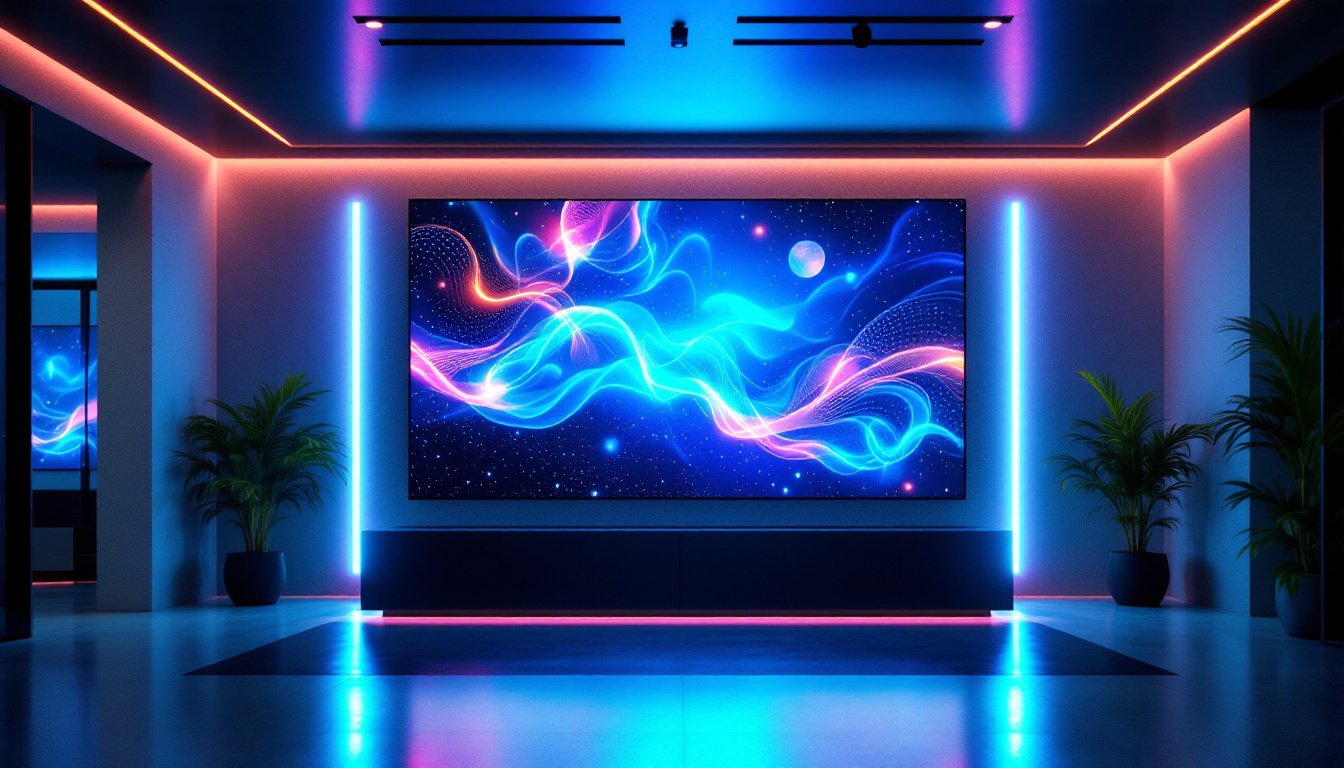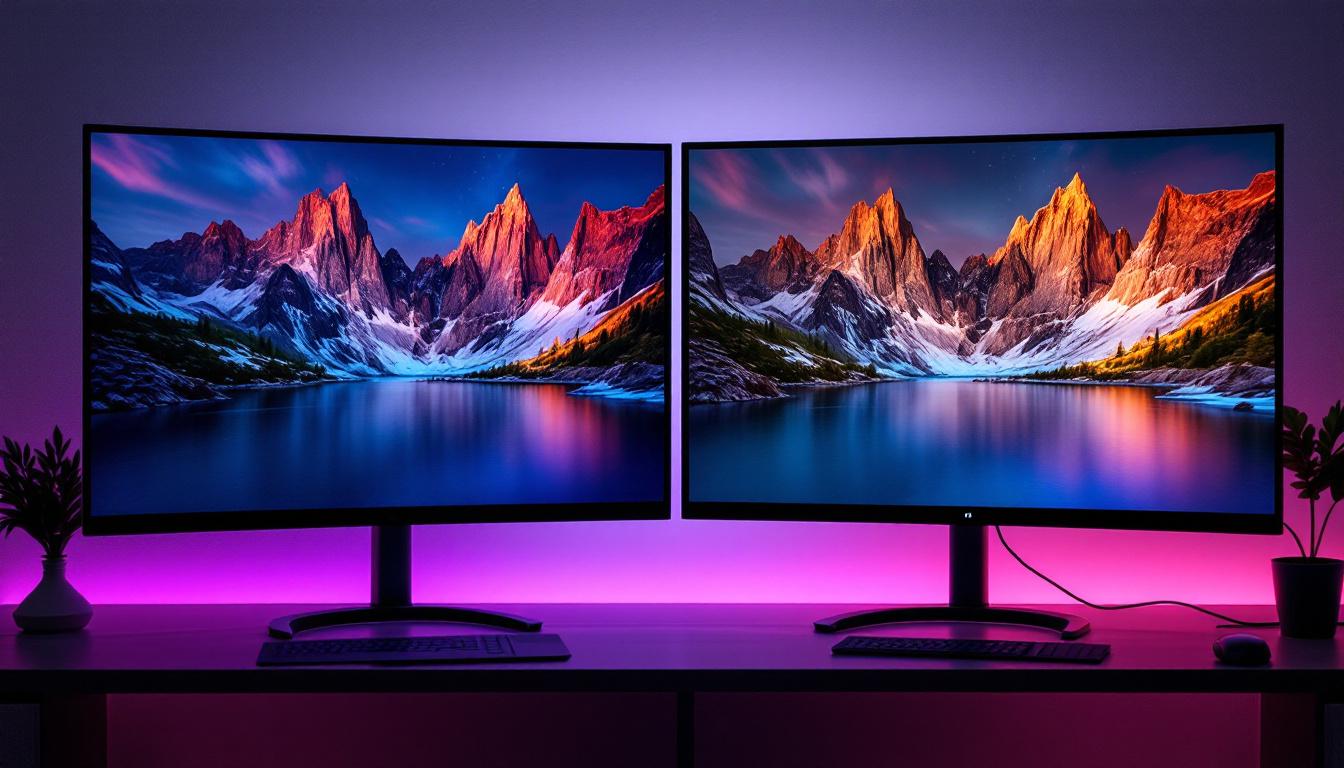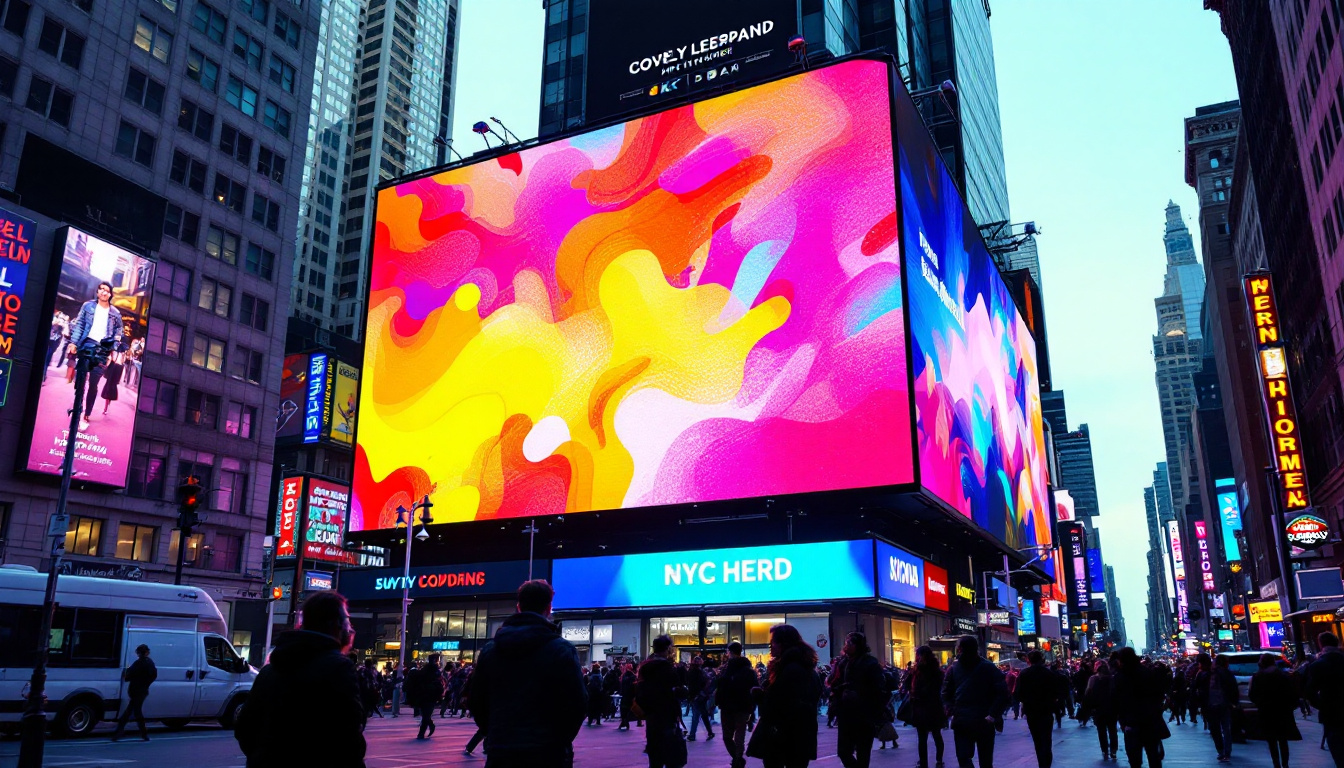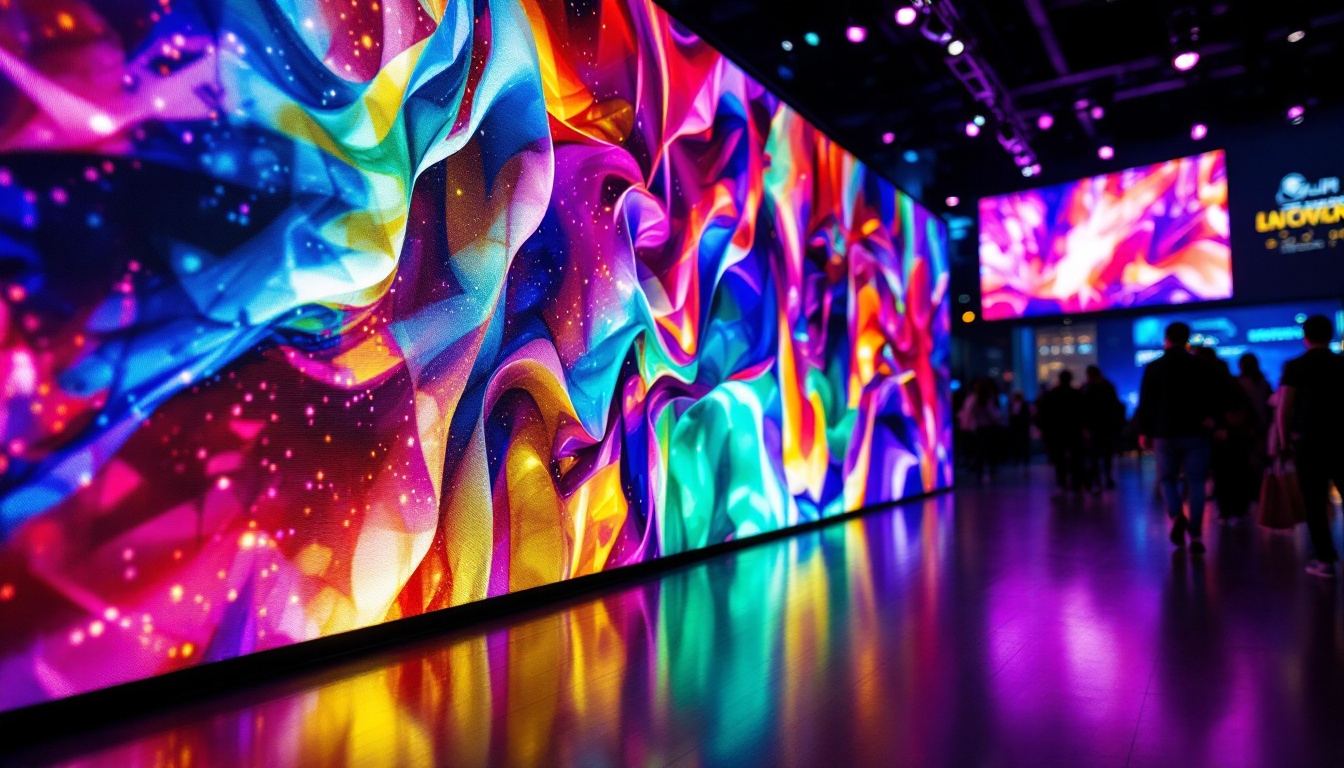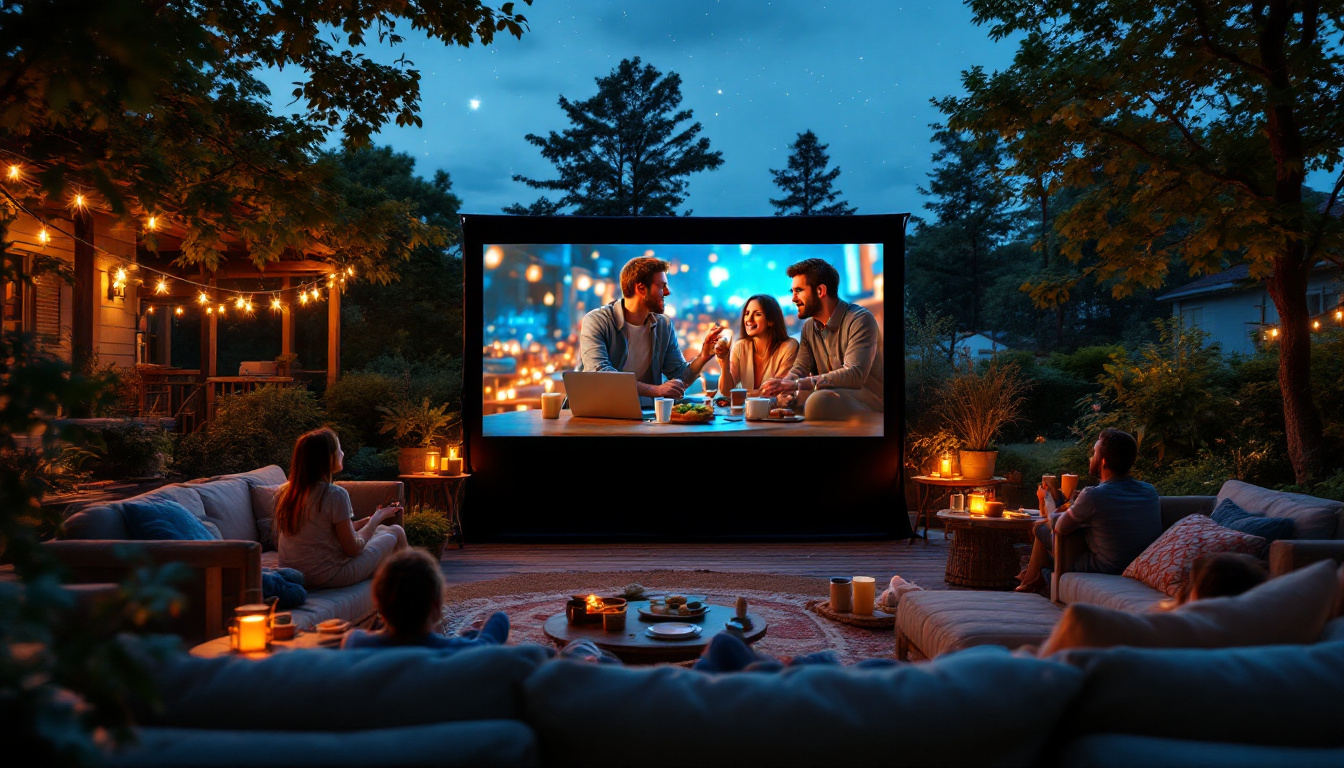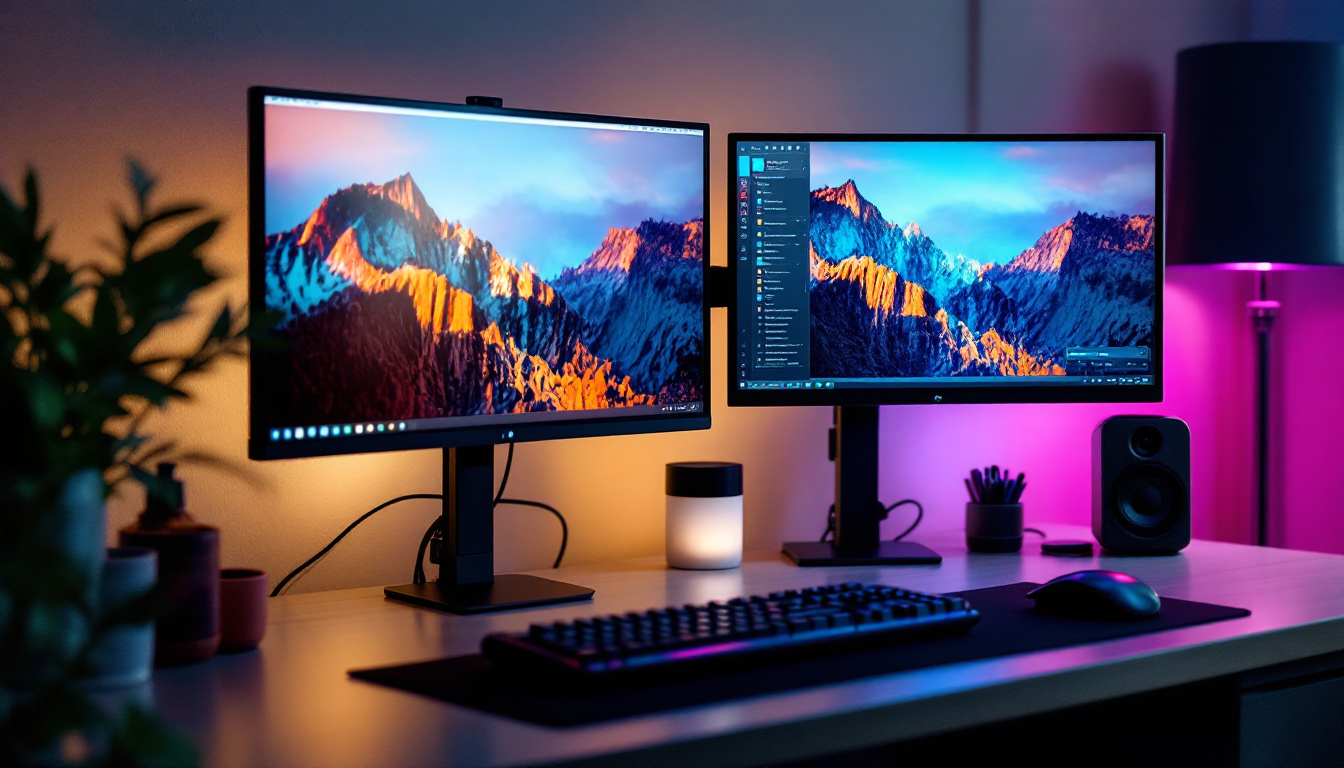In the world of modern technology, LED displays have become a ubiquitous feature in various devices, from smartphones to large-scale televisions. Understanding how these displays work, their components, and their applications can enhance appreciation for the technology that has revolutionized visual media. This article aims to delve into the intricacies of LED displays, with a particular focus on the concept of bezels, their significance, and their evolution.
What is an LED Display?
LED, or Light Emitting Diode, displays utilize semiconductor technology to produce light and create images. Unlike traditional LCD displays that require a separate backlight, LED displays are composed of an array of tiny diodes that emit light directly. This fundamental difference allows for greater brightness, improved color accuracy, and enhanced energy efficiency. As a result, LED displays have become increasingly popular in various applications, from large outdoor billboards to sleek, modern televisions in homes.
How LED Displays Work
At the core of an LED display is the diode, which emits light when an electric current passes through it. These diodes can be arranged in various configurations, including RGB (Red, Green, Blue) setups that allow for a full spectrum of colors. By adjusting the intensity of each color, an LED display can create a wide range of hues and shades. This capability is particularly beneficial in dynamic environments where visuals need to adapt quickly, such as in advertising or live event settings.
LED displays can be categorized into two main types: direct-lit and edge-lit. Direct-lit displays have LEDs placed behind the screen, providing uniform brightness across the entire surface. In contrast, edge-lit displays have LEDs positioned along the edges, which can lead to thinner designs but may result in uneven brightness. The choice between these types often depends on the specific requirements of the installation, such as desired thickness, cost considerations, and viewing angles.
Advantages of LED Technology
One of the most significant advantages of LED displays is their energy efficiency. Compared to traditional display technologies, LEDs consume less power, which not only reduces electricity costs but also contributes to environmental sustainability. Furthermore, LED displays tend to have a longer lifespan, often lasting tens of thousands of hours before dimming or failing. This longevity makes them a cost-effective choice for businesses and consumers alike, as they require less frequent replacement and maintenance.
Additionally, LED displays offer superior contrast ratios and color reproduction. This means that images appear more vibrant and lifelike, making them ideal for applications ranging from home entertainment to professional presentations. The ability to produce deep blacks and bright whites enhances the overall viewing experience, particularly in environments with varying lighting conditions. Moreover, advancements in technology have led to the development of high-definition and ultra-high-definition LED displays, further elevating the quality of visual content and making them a preferred choice for filmmakers and content creators.
Another noteworthy aspect of LED technology is its versatility. LED displays can be found in a multitude of formats, including flexible screens that can be curved or shaped to fit unique spaces. This adaptability opens up new possibilities for creative installations in retail environments, museums, and public art displays. Additionally, the rapid advancements in smart LED technology have enabled features such as touch interactivity and integration with digital signage systems, enhancing user engagement and interactivity in various settings.
The Role of Bezels in LED Displays
The bezel is the frame that surrounds the display screen. While it may seem like a minor component, the bezel plays a crucial role in the overall design and functionality of LED displays. Bezels can affect not only the aesthetics of a device but also its usability and durability.
Types of Bezels
Bezels come in various shapes and sizes, and their design can significantly impact the user experience. Common types of bezels include:
- Standard Bezels: These are the traditional bezels found on most displays, providing a clear border around the screen.
- Thin Bezels: Popular in modern designs, thin bezels minimize the frame around the screen, maximizing the display area and creating a more immersive experience.
- Zero Bezels: Some cutting-edge displays feature virtually no bezels, allowing for seamless multi-screen setups and a more modern aesthetic.
Impact of Bezels on Display Experience
The size and design of a bezel can significantly influence how users interact with a display. For instance, a thin bezel can create a more immersive viewing experience, especially in multi-monitor setups where bezels can interrupt the visual continuity. Conversely, a thicker bezel may provide a more robust frame, which can enhance durability and protect the display from accidental damage.
Moreover, bezels can affect the perceived size of the display. A larger bezel can make a screen appear smaller, while a minimal bezel can enhance the visual impact of the display, making it seem larger than it is. This is particularly important in environments such as retail or advertising, where visual appeal is paramount.
In addition to their aesthetic and functional roles, bezels can also serve practical purposes. Many modern bezels are designed to house essential components such as sensors, microphones, and cameras, which are crucial for interactive displays and smart technology. This integration allows manufacturers to optimize space and maintain a sleek design without compromising on functionality. Furthermore, the materials used for bezels can vary widely, from plastic to metal, each offering different levels of durability and finish. High-quality materials not only enhance the look of the display but also contribute to the longevity of the device, making it more resistant to wear and tear over time.
Another interesting aspect of bezels is their role in branding and identity. Companies often use unique bezel designs or colors to distinguish their products in a crowded market. A distinctive bezel can become a signature element of a brand, making it instantly recognizable to consumers. This branding strategy is particularly effective in competitive sectors like consumer electronics, where differentiation is key to attracting and retaining customers. As technology continues to evolve, the design and functionality of bezels will likely adapt, reflecting the changing needs and preferences of users while continuing to enhance the overall display experience.
Evolution of Bezels in LED Displays
The design of bezels has evolved significantly over the years, paralleling advancements in display technology. Early LED displays featured thick, bulky bezels that housed the necessary components and provided structural support. However, as technology has progressed, manufacturers have sought to minimize bezel size while maintaining functionality.
Trends in Bezel Design
Recent trends in bezel design reflect a broader movement towards sleek, modern aesthetics. Manufacturers are increasingly adopting ultra-thin bezels to create a more immersive viewing experience. This trend is particularly evident in high-end televisions and computer monitors, where the goal is to maximize screen real estate.
Additionally, the rise of curved displays has introduced new considerations for bezel design. Curved screens often require specially designed bezels that follow the contour of the display, creating a seamless look that enhances the overall aesthetic appeal.
Future Directions in Bezel Technology
As technology continues to advance, the future of bezels in LED displays is likely to see even more innovation. Concepts such as bezel-less designs are gaining traction, where displays can be seamlessly integrated into their surroundings, eliminating the need for a traditional frame. This could lead to entirely new applications for LED technology, such as embedded displays in furniture or architecture.
Moreover, advancements in materials science may allow for the development of flexible bezels that can adapt to different shapes and sizes, further enhancing the versatility of LED displays. These innovations could redefine how consumers interact with technology in their daily lives.
Applications of LED Displays
The versatility of LED displays has led to their adoption across a wide range of applications. From consumer electronics to commercial advertising, LED technology has transformed the way information is presented and consumed.
Consumer Electronics
In the realm of consumer electronics, LED displays are prevalent in devices such as televisions, smartphones, and tablets. Their energy efficiency, vibrant colors, and slim designs make them ideal for personal use. As technology advances, features such as 4K resolution and high dynamic range (HDR) are becoming standard, further enhancing the viewing experience.
Smartphones, in particular, have benefited from LED technology. The transition from traditional LCD screens to OLED (Organic Light Emitting Diode) displays has allowed for thinner devices with improved color accuracy and battery life. This shift has changed how users interact with their devices, enabling richer visual experiences.
Commercial Displays
Beyond personal devices, LED displays are widely used in commercial settings. Digital signage, billboards, and advertising displays leverage the brightness and clarity of LED technology to capture attention and convey messages effectively. The ability to change content dynamically allows businesses to adapt their marketing strategies in real-time, enhancing engagement with consumers.
In addition, LED displays are increasingly used in event venues, such as stadiums and concert halls, where large screens can enhance the audience experience. These displays provide real-time information, entertainment, and branding opportunities, making them an essential component of modern events.
Healthcare and Education
LED displays are also making significant inroads in healthcare and education. In hospitals, LED screens are used for patient monitoring, information displays, and even in surgical environments where clarity and visibility are paramount. Their energy efficiency and longevity make them a practical choice for medical facilities.
In educational settings, LED displays are transforming classrooms into interactive learning environments. Smart boards and digital displays facilitate collaborative learning and engagement, allowing educators to present information in dynamic and visually appealing ways.
Conclusion
LED displays have revolutionized the way visual information is presented and consumed, with bezels playing a crucial role in their design and functionality. As technology continues to evolve, the future of LED displays promises even more exciting developments, from ultra-thin and bezel-less designs to innovative applications across various sectors.
Understanding the intricacies of LED displays and their components, such as bezels, enhances appreciation for this remarkable technology. As consumers and professionals alike continue to embrace LED displays, it is clear that they will remain a cornerstone of modern visual communication for years to come.
Discover LumenMatrix’s Innovative LED Display Solutions
As you consider the future of visual technology and the role LED displays play in transforming environments and experiences, LumenMatrix stands at the forefront of this evolution. With a commitment to innovation and quality, LumenMatrix offers a diverse range of LED display solutions tailored to meet the demands of any space. Whether you’re looking to enhance your brand’s visibility with an Indoor LED Wall Display, captivate passersby with an Outdoor LED Wall Display, or create a dynamic atmosphere with a Custom LED Display, LumenMatrix has the expertise to bring your vision to life. Experience the difference in visual communication with LumenMatrix’s cutting-edge technology. Check out LumenMatrix LED Display Solutions and see how they can empower your business to communicate with impact and clarity.


